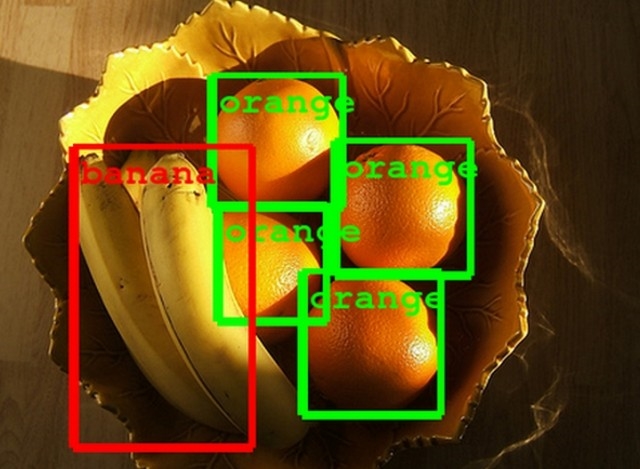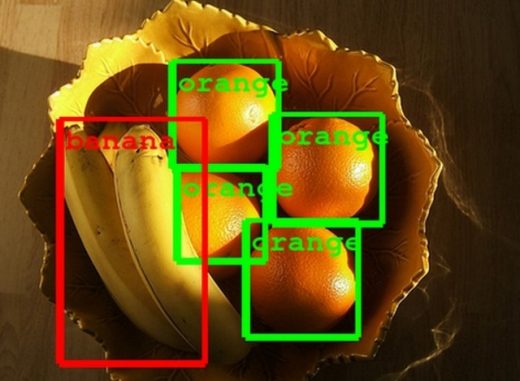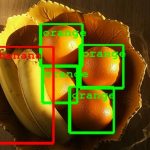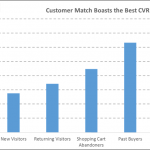Google: Keeping An Eye On Visual Recognition
Google: Keeping An Eye On Visual Recognition

Identifying and classifying individual landmarks, objects and the natural world so Google can serve the images in its search engine to link to other results such as Google Maps with
increased accuracy presents a variety of challenges.
Visual recognition — whether it comes from the camera lens or other means — continues to gain intelligence, but it requires the help of humans, as well as machine learning and other technologies.
Earlier this month, Google posted an instance-level landmark recognition challenge, hoping that developers will step up to help identify individual landmarks and wildlife. The focus is what researchers call “fine-grained visual recognition.”
Fine-grained visual recognition helps to distinguish species of animals and plants, car and motorcycle models, architectural styles, and more. The idea is to identify the specific image based on pre-set and learned classification in machine learning.
The 2018 iNaturalist Challenge is a species classification competition offered in partnership with iNaturalist and Visipedia (Visual Encyclopedia) — a project for which Caltech and Cornell Tech received a Google Focused Research Award.
The challenge is not new — Google has been working on it for years. Believe it or not, it’s the fifth international workshop on fine-grained visual challenge to identify and categorize objects.
For example, if someone takes a picture of a turtle on a rock with a phone camera, the technology behind the lens would identify and classify the species and return this in search results. But what about taking that one step further and have the ability to link it to Google Maps, which would provide information and directions on how and where to find the turtle locally?
It is a challenge, as Google acknowledges, to span more than 8,000 categories of plants, animals, and fungi, with a total of more than 450,000 training images.
The project aims to advance automatic image classification for real-world, fine-grained categories, especially those with large numbers of classes. The entry deadline for the competitions is May 28, 2018. Final submissions is June 4, 2018.
MediaPost.com: Search Marketing Daily
(37)













